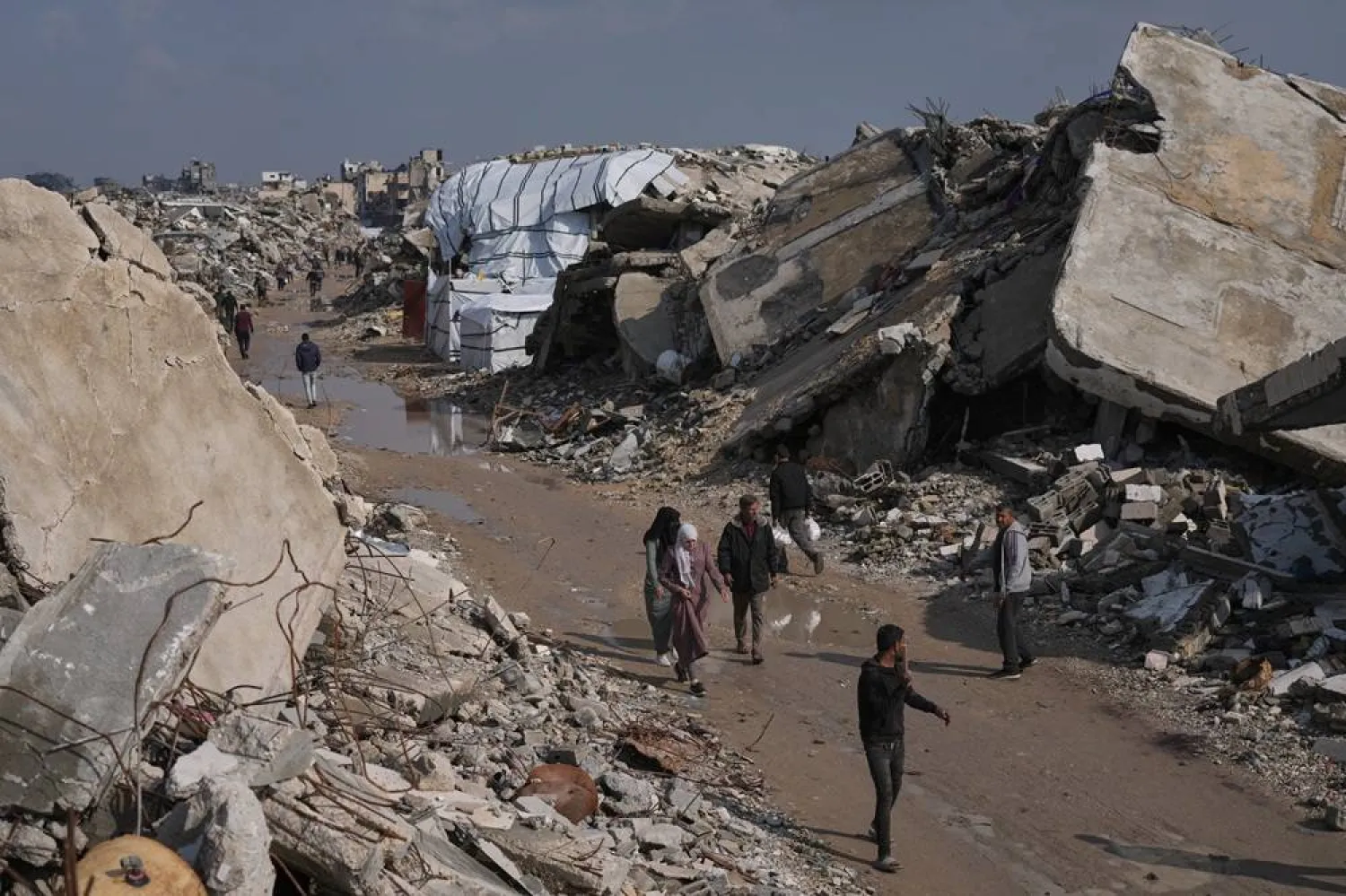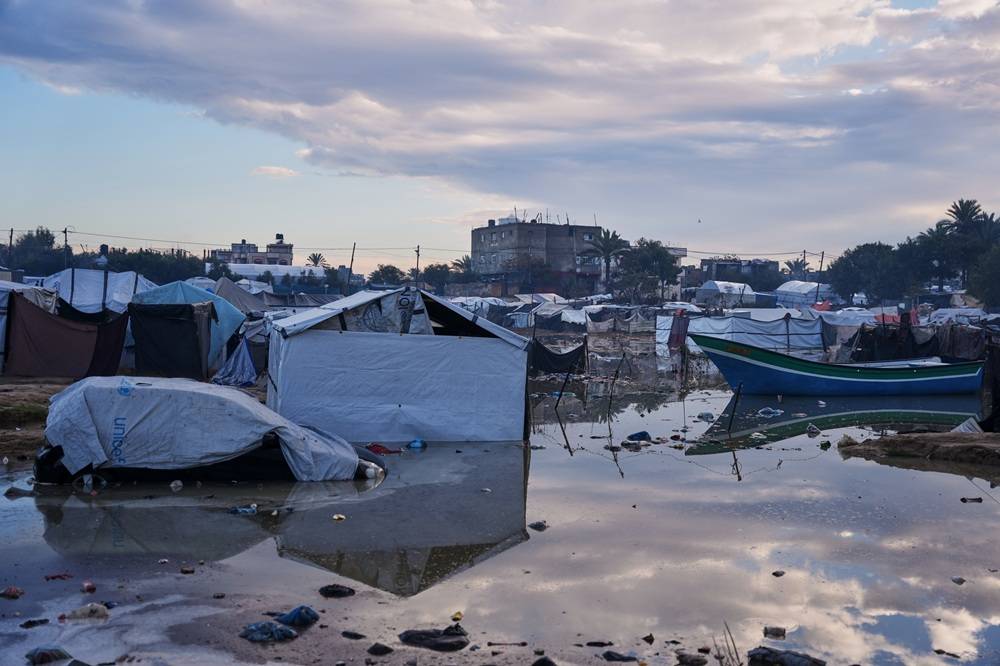The Global Pledge on Methane announced a pathway to reduce methane emissions in agriculture during Solutions Day at the UN Climate Conference (COP27) in Sharm el-Sheikh, Egypt.
The global pledge on methane was discussed during a meeting between US President Joe Biden and European Commission President Ursula von der Leyen on September 17, 2021, at the Major Economies Forum on Energy and Climate (MEF).
The Global Methane Pledge was an initiative launched at the World Leaders Summit at the UN Climate Change Conference (COP26) this November in Glasgow, United Kingdom.
The US-European initiative seeks to reduce methane emissions in all sectors by at least 30 percent from 2020 levels by 2030, which could reduce warming by at least 0.2 degrees Celsius by 2050.
The new GMP Food and Agriculture Pathway launched Thursday laid out a set of tools that will be used to help the sector reduce emissions.
According to a US State Department statement, the Green Climate Fund, in partnership with the International Fund for Agricultural Development (IFAD), the Food and Agriculture Organization, the Global Dairy Platform, and Global Methane Hub, approved $3.5 million of project preparation funding that will help transition dairy systems to lower emission, resilient climate pathways in Kenya, Rwanda, Tanzania, and Uganda.
IFAD and the US announced a partnership to advance climate resilience and methane mitigation with smallholder farmers, including by prioritizing methane mitigation in IFAD’s pipeline of country and regional projects with a combined investment of over $500 million in methane-emitting sectors.
Washington announced $5 million for the African Development Bank to advance agriculture and waste methane work within the Africa Climate Change Fund.
The Global Methane Hub raised $70 million to support the new Enteric Methane Research and Development Accelerator to advance critical research on reducing methane emissions from enteric fermentation, the largest single source of methane emissions from agriculture.
The USDA is investing more than $500 million in methane reduction projects through Partnerships for Climate Smart Commodities.
Last year supported dozens of anaerobic digester projects and a broader range of methane-reducing investments through over $64 million in additional grants and guaranteed loans.
In the European Union, the new Common Agricultural Policy in 2023 emphasizes climate action, including methane from livestock.
In total, 40 percent of the budget will be dedicated to climate-related measures, including improved rules and monitoring requirements and quantitative targets to reduce food waste.
The EU has also published a Biomethane Actions Plan to double production to reach 35 billion cubic meters by 2030.
During the event, US climate envoy John Kerry called on countries to join this pledge to achieve significant reductions in methane emissions, which is more potent than carbon dioxide but short-lived.










